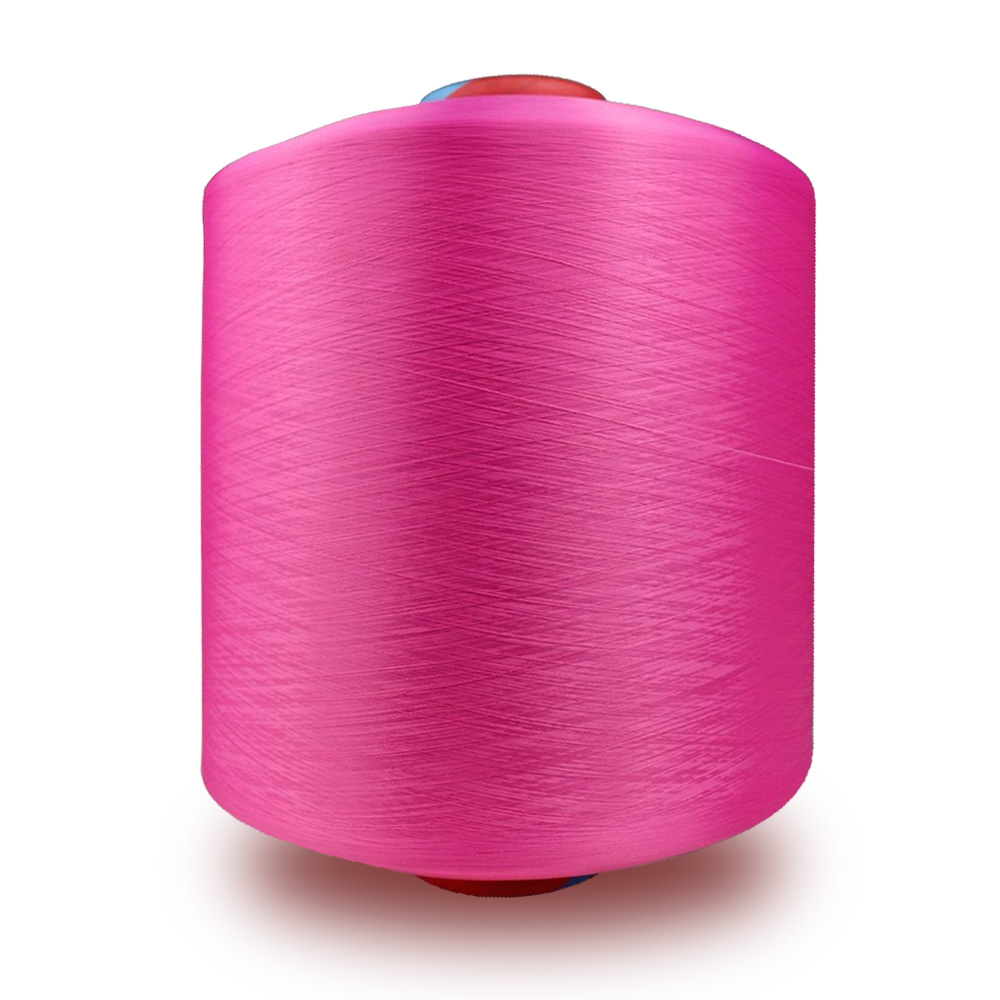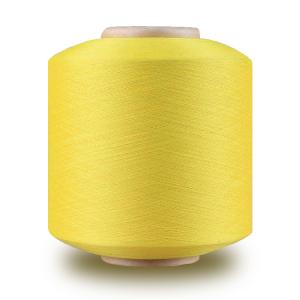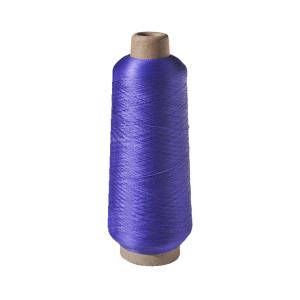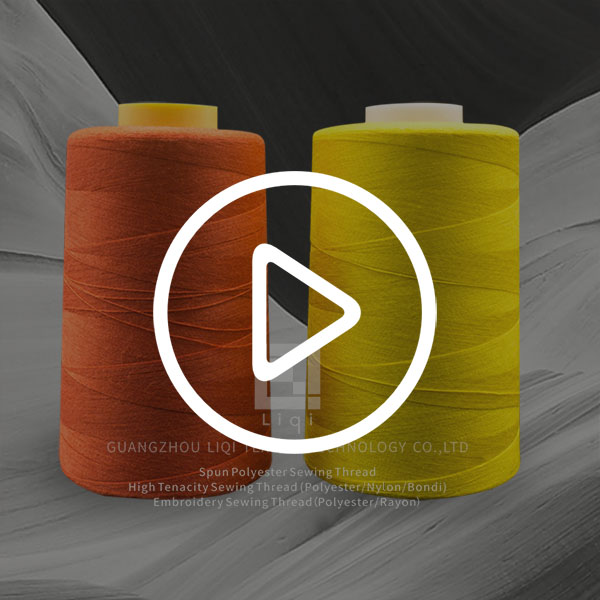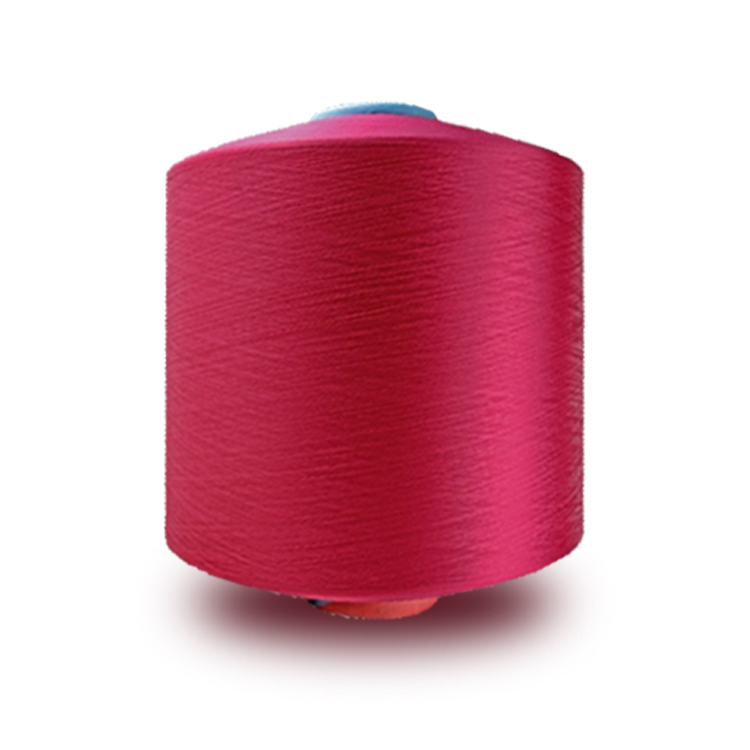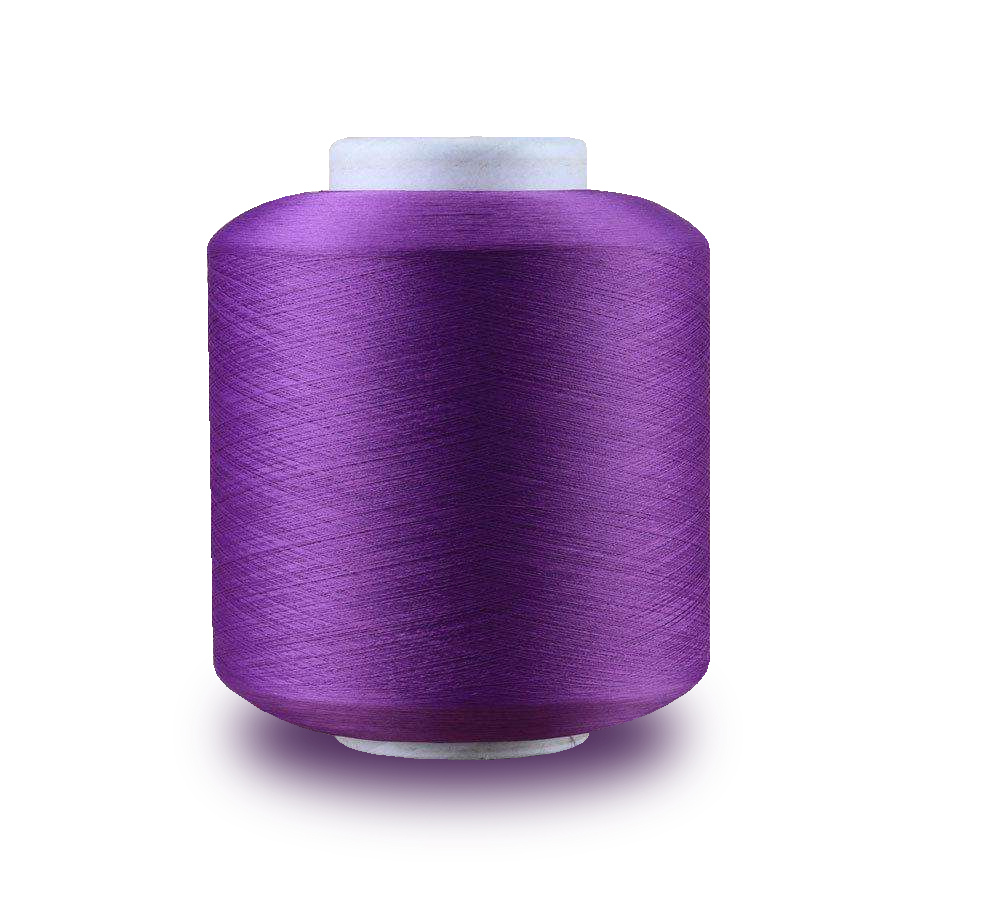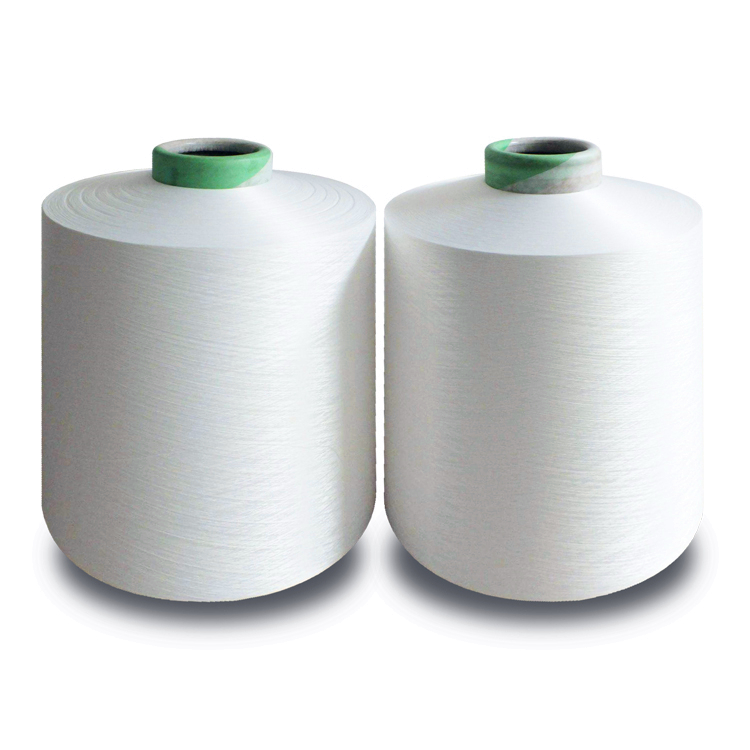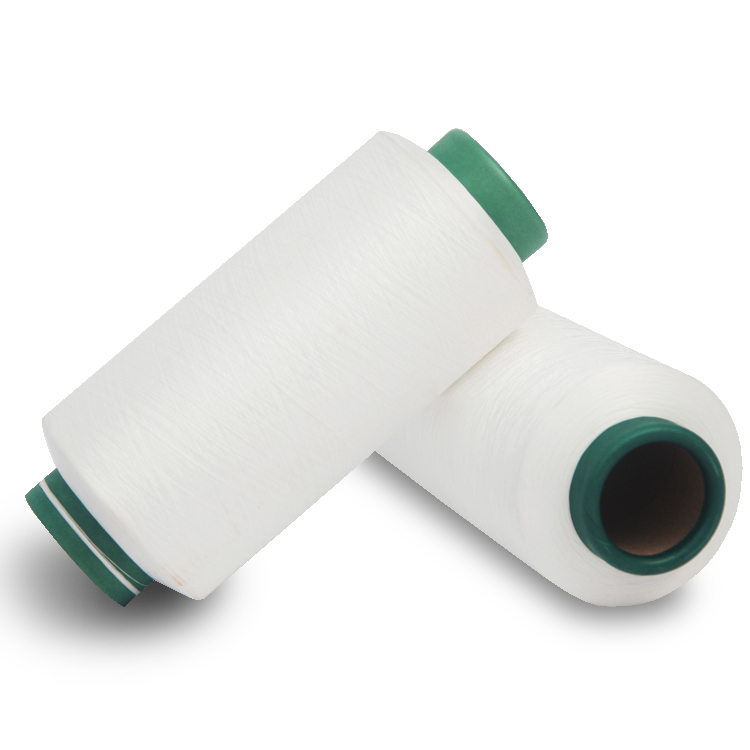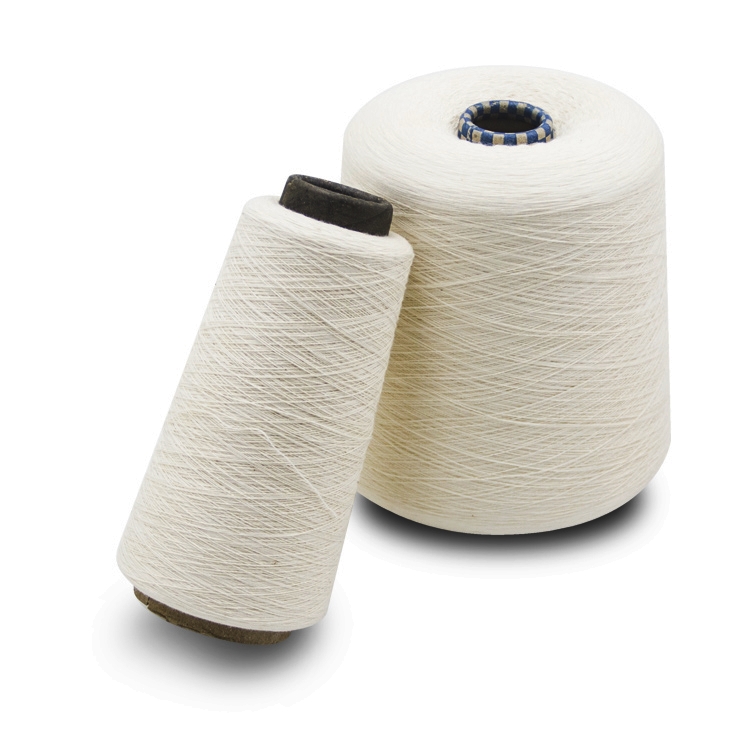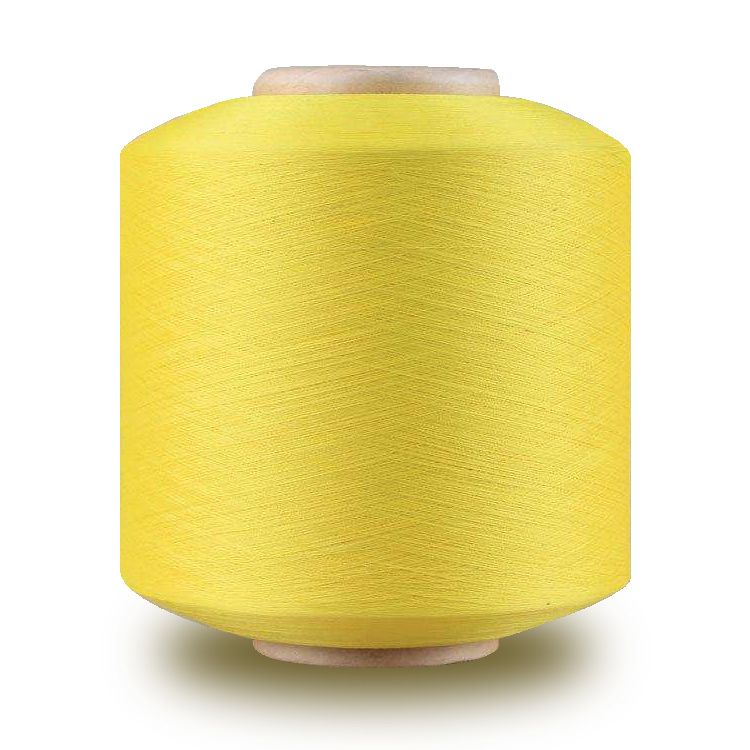Share to:
Related Products
Professional manufacture NE12/1 red cotton polyester knitting yarn
LQ-0507
Price: From $0.36
Delivery time: 9-20 days after payment
MOQ: 500 KG
Knitting yarn is mainly used in weft knitting machine. Weft knitting is a kind of weft knitted fabric. The yarn is sent to the knitting area of the knitting machine with a certain tension wheel, and then it is bent into loops and connected with each other to form a knitted fabric.
Analysis of weaving loss and dyeing loss of knitted fabrics
1. Cotton loss of knitted fabric: bleaching 7-10%, light 7-9%, medium dark 6-9%
2. T / C knitted fabric loss: bleaching 7-9%, light 6-8%, medium dark 5-8%
3. Polyester knitted fabric loss: 4-6% (if the loss is greater, it indicates that the raw oil may exceed the standard)
4. Loose fabric is more damaged than tight fabric.
5. Dyeing loss of roving fabric is higher than that of spinning fabric.
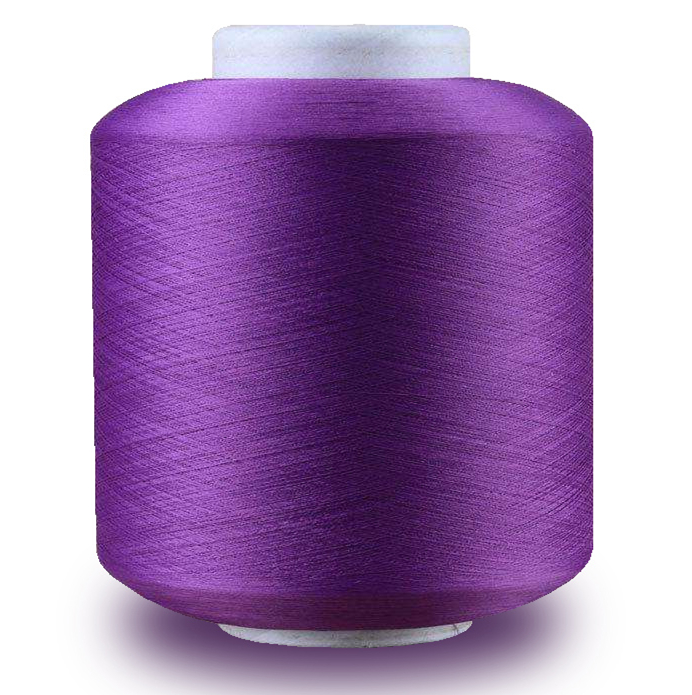
Dyed yarn:
Chemical fiber 4%, t / C5%, cvc6%, cotton combed 7%
Weaving:
0.3% for long chemical fiber.
Chemical fiber staple 1.5%
T / C combed material: 2%
CVC, cotton combed material: 2.5%
Yarn color: 3-6%
On this basis, the loss of the above ordinary yarn is greater;
Bad raw material manufacturers are short of weight (very common) on this basis more;
The coarser the yarn is, the worse the quality of cotton is and the greater the loss is.
With the same specification of raw materials, I used to be a famous raw material supplier in Shanghai with only 1 loss. 5%, and the 4% loss of a company in Jiangsu (in weaving, flying flocs), and the loss in the dyeing and finishing behind is also very different.
The smaller the order, the greater the loss. For example, for 15kg fabric, 3M is used for adjusting fabric, while 1500kg is used for adjusting fabric.
For yarn dyed fabrics, the more colors, the greater the loss.
If different raw materials are interwoven, the more the quantity of different raw materials is, the greater the loss will be.
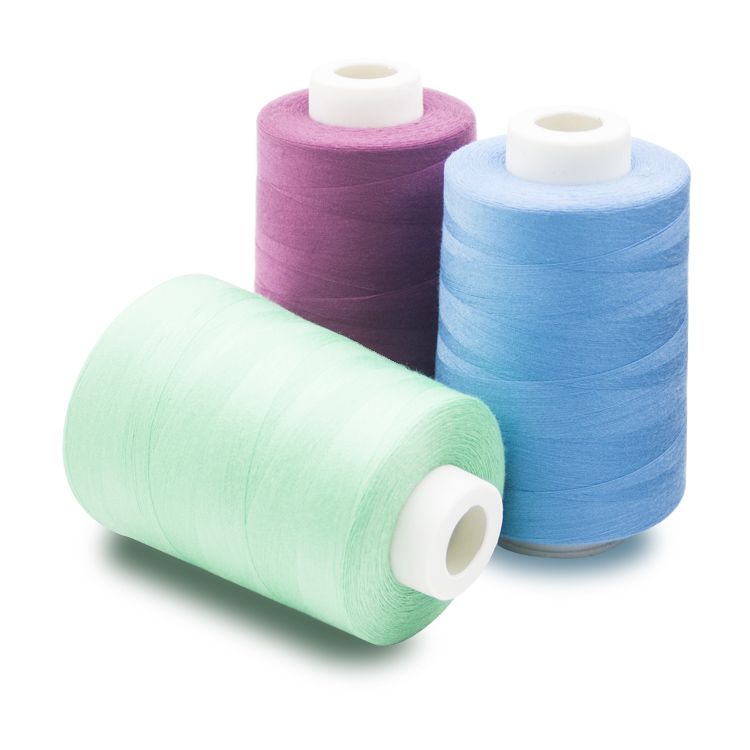
Dyeing and finishing:
Water setting: 3-4%
Chemical fiber: 4.5-5%
Chemical fiber short fiber: 4.5-5.5%
T / C: 4.5-5.5%
CVC: dark 6-6.5%, medium 6.5-7%, bleaching and light 7-8%. The higher the proportion of cotton, the greater the loss.
Cotton: dark 7-7.5%, medium 7.5-8%, light 8-9%, bleached 8-9%
Enzyme treatment: 2.5%
Trimming: (cut width / original width / 100 0.2%)
Resin: if according to the length of the fabric, basically no change; if according to the weight of the fabric, the weight of the fabric will increase, so the loss will be small.
Bristle: 1-2.5%
Frosting: 1-2.5%
1-3% after brushing and sanding
CVC velvet: yarn steaming, weaving and grey cloth cutting loss 11.5-13%
CVC velvet dyeing and finishing to finished product: 11.5-13%
Finishing of grey or dyed CVC velvet in water to the finished product: 6-10%
Ordinary fleece dyeing and finishing products: 11-14%
Superfine fleece dyeing and finishing products: 15-19%
Finished product of dyeing and finishing: 10-12%
Dyeing and finishing products of double brush and double fleece: 4-6% on the basis of the above
The loss of the fleece needs the wool height of weaving to match the style of the fleece, otherwise the loss will be great.
Fabric dyeing and finishing loss = (weight of blank fabric - weight of finished fabric) / weight of blank fabric * 100%
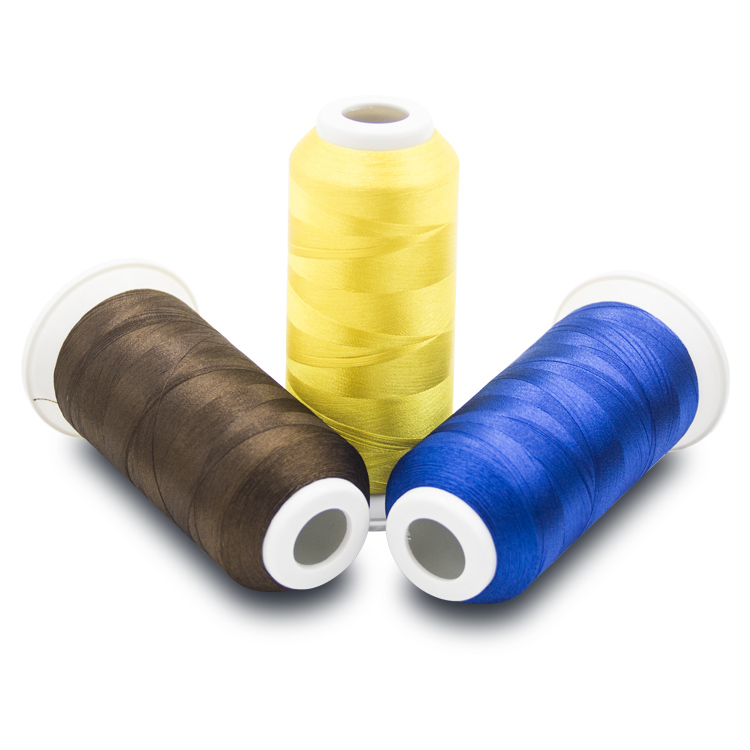
Main factors of fabric dyeing and finishing loss:
1. Removal of oil, wax, pectin, cottonseed shell and other components from fabrics, yarns and fibers during bleaching and dyeing.
2. Breaking and falling off of free fibers on fabrics and yarns during dyeing and finishing, including cashmere and shearing during post finishing.
3. Corrosion and dissolution of fabrics after acid reduction, alkali reduction, enzyme treatment, chemical washing and other treatments.
4. Cutting loss in the fabric process: removing the sewing head, making cylinder sample, etc. -
5. Loss of fabric quality problems: those that can't be repaired can be repaired repeatedly. 2. 3.4 loss.
6. The moisture of grey cloth is higher than that of finished product.
7. Dyes and auxiliaries are adsorbed on the fabric.
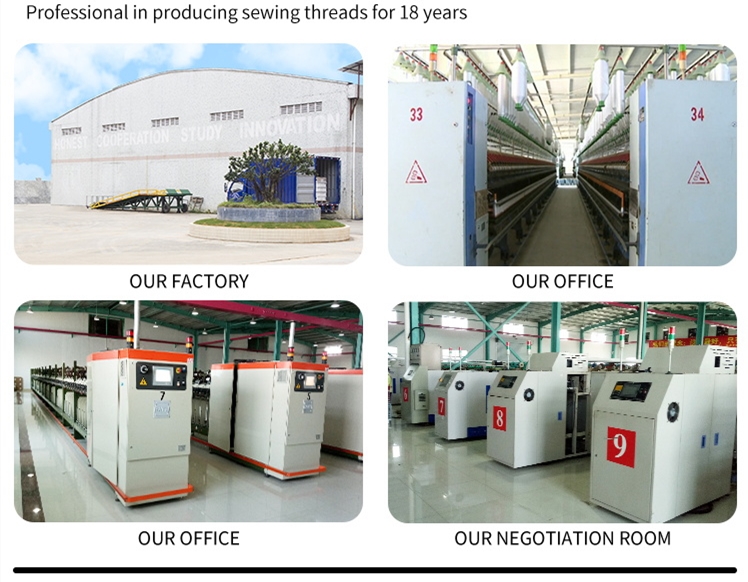
Conclusion:
1. Cotton loss of knitted fabric: bleaching 7-10%, light 7-9%, medium dark 6-9%
2. T / C knitted fabric loss: bleaching 7-9%, light 6-8%, medium dark 5-8%
3. Polyester knitted fabric loss: 4-6% (if the loss is greater, it indicates that the raw oil may exceed the standard)
4. Loose fabric is more damaged than tight fabric.
5. Dyeing loss of roving fabric is higher than that of spinning fabric.

